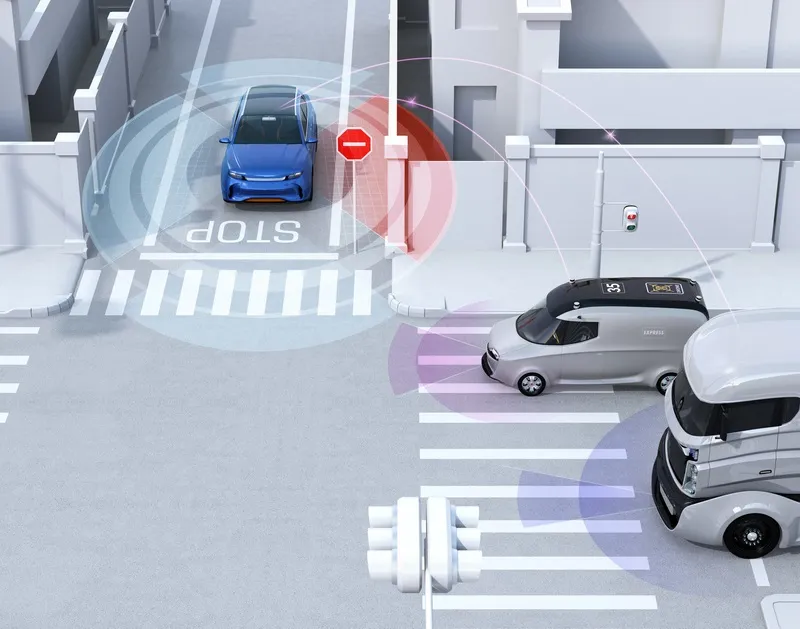Today, traffic authorities depend on relatively limited sources of information such as road sensors and cameras, and instead use mass media modes of communication to alert drivers. Meanwhile, commuters are increasingly using apps and driving connected cars that generate useful information.
At this week’s ITS World Congress, Ericsson is demonstrating how its Connected Traffic Cloud can integrate a range of data sources – including connected cars, internet applications, road infrastructure and more – and e
October 11, 2016
Read time: 2 mins

Today, traffic authorities depend on relatively limited sources of information such as road sensors and cameras, and instead use mass media modes of communication to alert drivers. Meanwhile, commuters are increasingly using apps and driving connected cars that generate useful information.
At this week’s ITS World Congress,5650 Ericsson is demonstrating how its Connected Traffic Cloud can integrate a range of data sources – including connected cars, internet applications, road infrastructure and more – and enable traffic authorities to communicate with transport players and drivers.
According to Stefan Myhrberg, head of road ITS, Ericsson's stand is bringing all kinds of traffic elements together. “We provide the foundation for connecting everything that moves on roads and rails, including drivers and passengers," he said.
"So on our stand, you’ll find our intelligent transport solutions specialists on hand to discuss the latest technology and our transport services. We are also holding a number of immersive demonstrations.” Myhrberg said research from the World Economic Forum and BCG analysis released in a recent paper, 'Self-driving vehicles in an urban context', highlighted that at SAE Level 3-4 automation, there is a 51% reduction of accidents and 16% reduction in mobility costs.
"At Level 5 automation we can see a 73% reduction in accidents. At Level 5 level plus ride sharing, findings show a 68% reduction of accidents and 51% reduction in mobility costs," said Myhrberg.
At this week’s ITS World Congress,
According to Stefan Myhrberg, head of road ITS, Ericsson's stand is bringing all kinds of traffic elements together. “We provide the foundation for connecting everything that moves on roads and rails, including drivers and passengers," he said.
"So on our stand, you’ll find our intelligent transport solutions specialists on hand to discuss the latest technology and our transport services. We are also holding a number of immersive demonstrations.” Myhrberg said research from the World Economic Forum and BCG analysis released in a recent paper, 'Self-driving vehicles in an urban context', highlighted that at SAE Level 3-4 automation, there is a 51% reduction of accidents and 16% reduction in mobility costs.
"At Level 5 automation we can see a 73% reduction in accidents. At Level 5 level plus ride sharing, findings show a 68% reduction of accidents and 51% reduction in mobility costs," said Myhrberg.









